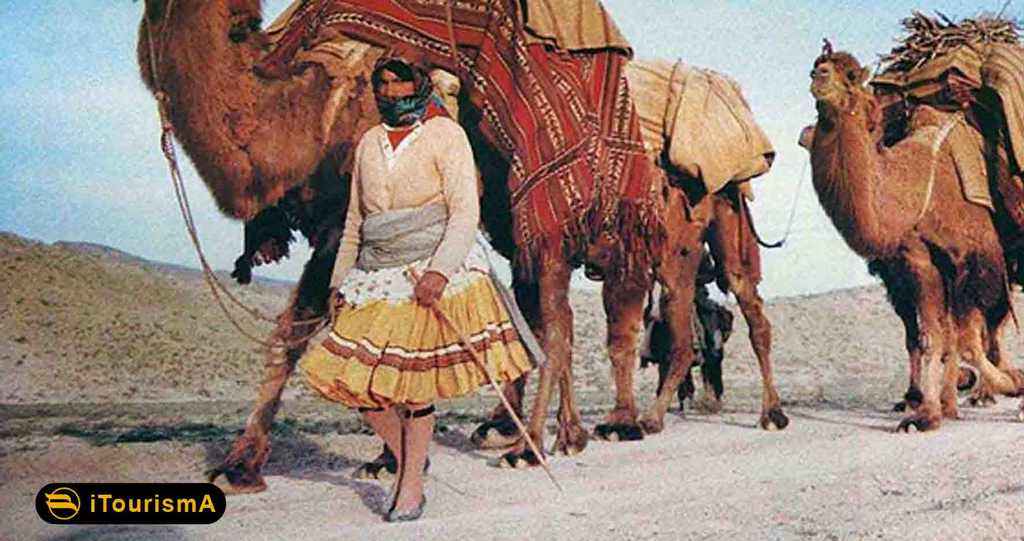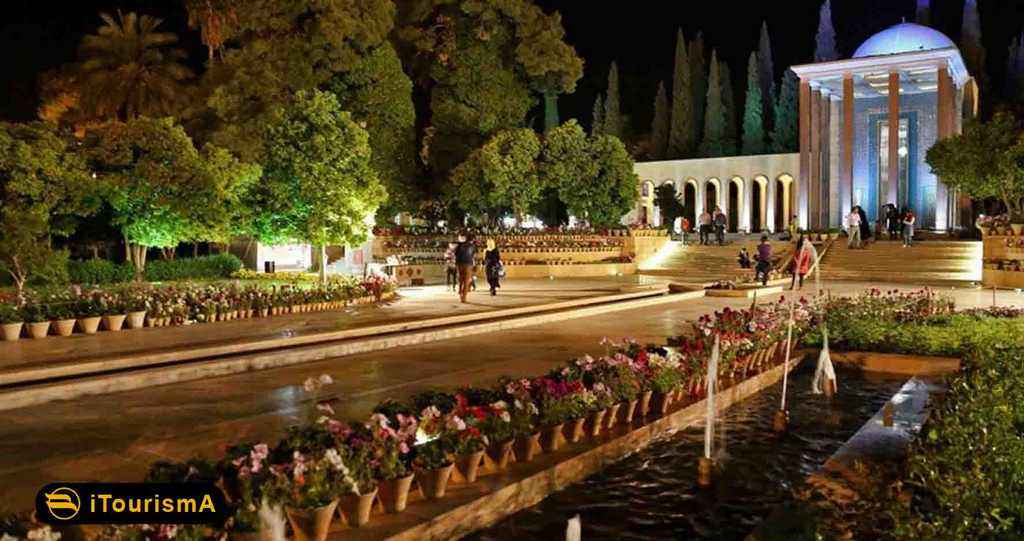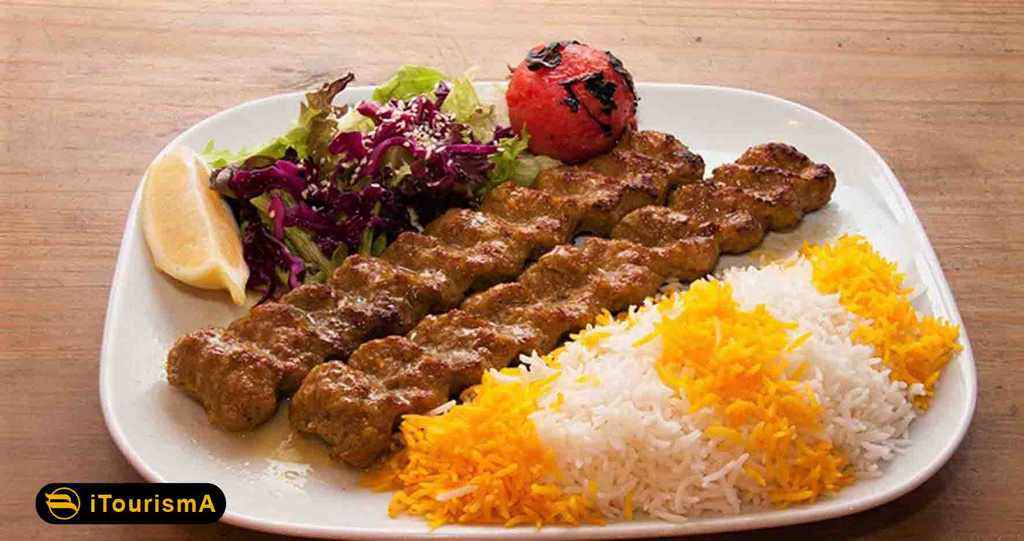Top 10 tourist attractions of Isfahan
Isfahan is a city in central Iran and is the capital of Esfahan Province. The Persians call it “Nesf-e-Jahan”, meaning “Half the World”. It is considered to be one of the most beautiful cities in the world due to its beautiful hand-painted tiling and magnificent public square. There are top 10 popular attractions of Isfahan below.
1- Naqsh-e jahan square
Naqsh-e Jahan Square is the main tourist spot of Isfahan, one of the UNESCO World Heritage Site. It has a length of 512 meters and 160 meters width containing Sheykh Lotfollah and Shah Mosques, Ali Qapu Palace and Qeysariyeh Mall.

2- Siosepol Bridge
Siosepol or Allah Verdi Khan Bridge has 33 spans from which it gets its name with the longest span of 5.6 meters, crosses Zayandeh Rud River. The bridge has a length of 300 meters and 14 meters width.

3- Khaju Bridge
This bridge was built to work for different purposes. As a bridge connected the old Isfahan to villages located on the southern side and also connected Isfahan to Shiraz road. It was built as a wonderful recreational place. It is about 132 meters long and 12 meters wide.

4- Chehel Sotun
Chehel Sotoun (also Chehel Sotoon) is a pavilion in the middle of a park at the far end of a long pool, in Isfahan built by Shah Abbas II to be used for the Shah’s entertainment and receptions.

5- Monar Jonban
Monar Jonban is considered as one of the most popular monuments of Isfahan for its wonderful architecture. The main distinguished feature of this monument is that by shaking strongly one minaret, the other minaret starts shaking with the same frequency.

6- The Great Mosque of Isfahan
Great Mosque of Isfahan in Iran is unique in this regard and thus enjoys a special place in the history of Islamic architecture. Its present configuration is the sum of building and decorating activities carried out from the 8th through the 20th centuries.

7- Vank Cathedral
The Vank Cathedral is a masterpiece of architecture. Construction of this cathedral started at the time of Shah Abbas the second. Vank Cathedral architecture is a combination of Iranian and Armenian architecture.

8- Isfahan Music Museum
The Isfahan Music Museum is the first private one of its kind in Iran. The Museum was founded by two passionate Iranian musicians of the traditional music, Mehrdad Jeihooni and Shahriar Shokrani.

9- Nazhvan Park
Nazhvan Forest Park is the largest garden of Isfahan which has multiple recreational facilities like an aquarium, Birds garden, butterflies museum and so on. It has an area of 12000 hectares.

10- Mount Soffeh
Mount Soffeh is 2257 meters above the sea level in southern part of Isfahan. There were some castles on the mountain for defending purposes, some last vestiges of them have still remained. Mount Soffeh and its surrounding hills have been converted to Soffeh Mountain Park which covers at least 100 hectares.






































